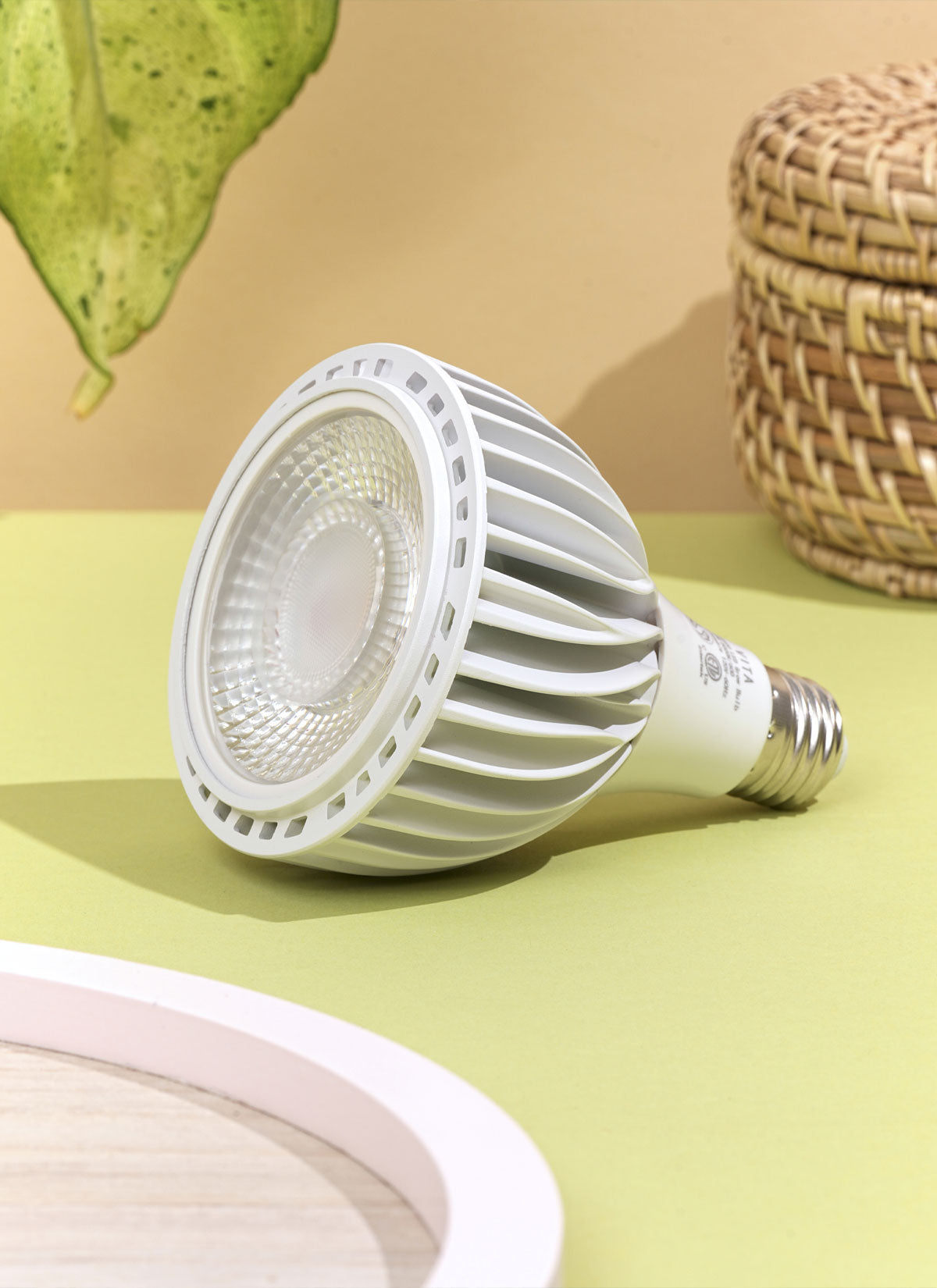Preferred Humidity: 50 - 80%; Moderate/High Humidity
Boston ferns are popular houseplants that thrive in humid environments, so it's essential to provide them with the right conditions. The ideal humidity level for these plants is between 50-60%, so if you live in a dry climate or have central heating/cooling, you may need to mist the fern with a spray bottle regularly. Alternatively, you can use a humidifier to maintain the desired humidity level. Consider placing your Boston fern in a bathroom or kitchen where there's naturally higher humidity due to the presence of water. These areas can be the perfect spot for your fern to thrive. Another option is to group your plants together, creating a microclimate of higher humidity. If you are unsure what your humidity is simply use a hygrometer to know the humidity level in any given room.




















